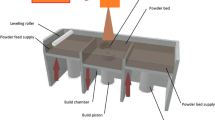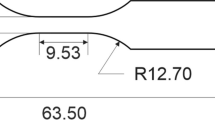A solid laser-diode plotter (SLP) system is one of the commer-cial rapid prototyping (RP) systems developed and marketed in Japan. In the SLP system, two semiconductor lasers are employed instead of a UV laser or a diode-pumped solid state laser, as used in the stereolithography process to cure a specially designed photopolymer. An ascending platform is used to build the suspended solid model, and only a small amount of resin is cured in a thin layer on a plate of glass just below the last layer built. Hence, the SLP system is a low-cost RP system and is well suited for educational purposes, because a high-power laser is not involved and only a small amount of resin is used. However, the over-curing of the overhanging area is a processing problem in the ascending platform method, because the built part is suspended. In order to reduce the over-curing of the SLP parts, the Taguchi method was employed to analyse the processing parameters. The effect of the processing parameters on the over-curing was investigated and presented. The results show that the over-curing of the SLP parts was reduced about 40% using the optima processing parameters as analysed by the Taguchi method.
Similar content being viewed by others
Author information
Authors and Affiliations
Rights and permissions
About this article
Cite this article
Jeng, JY., Wong, Y. & Ho, C. Over-Curing Reduction of Parts Fabricated by the Solid Laser-Diode Plotter Rapid Prototyping System using the Taguchi Method. Int J Adv Manuf Technol 18, 683–691 (2001). https://doi.org/10.1007/PL00003962
Issue Date:
DOI: https://doi.org/10.1007/PL00003962




